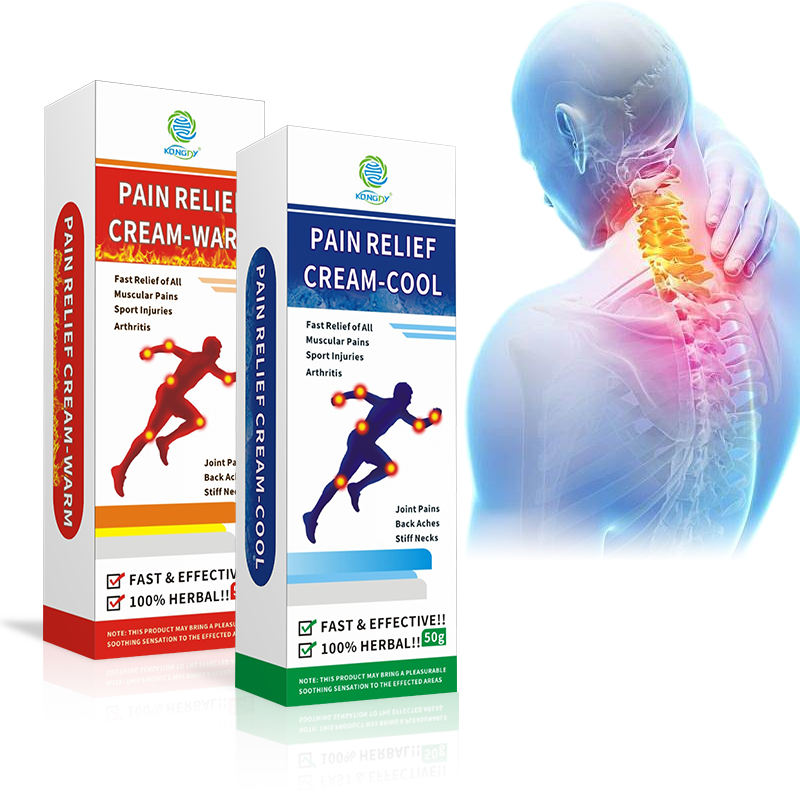The pain cream market offers numerous options, from natural herbal formulations to scientifically-developed synthetic compounds. Understanding the differences between these approaches can help you make an informed decision for your pain management needs.
Natural Pain Cream Ingredients and Benefits
Natural pain cream typically contains plant-based ingredients like eucalyptus, wintergreen, or turmeric. These traditional remedies have been used for centuries to address various types of pain. Arnica, a popular natural ingredient, is renowned for reducing bruising and muscle soreness. Essential oils like peppermint provide cooling relief, while capsaicin from chili peppers offers warming pain relief.
Many people prefer natural pain cream because of fewer potential side effects and gentler formulations. These products often appeal to those seeking holistic approaches to pain management or individuals with sensitive skin who react poorly to synthetic chemicals.

Synthetic Pain Cream: Science-Based Relief
Synthetic pain cream formulations are developed through rigorous scientific research and clinical testing. Ingredients like menthol, camphor, and methyl salicylate are precisely measured to deliver consistent, predictable results. These compounds have been extensively studied for safety and efficacy.
Prescription-strength pain cream options containing NSAIDs like diclofenac offer powerful anti-inflammatory action that natural alternatives may not match. For chronic conditions like arthritis, synthetic formulations often provide more reliable, long-lasting relief.
Combining Approaches for Optimal Results
Many modern pain cream products successfully blend natural and synthetic ingredients, offering the best of both worlds. These hybrid formulations might combine the gentleness of natural ingredients with the proven effectiveness of synthetic compounds.
Making Your Decision
When choosing between natural and synthetic pain cream, consider your pain severity, skin sensitivity, and personal preferences. Mild, occasional pain might respond well to natural options, while chronic or severe pain may require synthetic formulations.
Regardless of your choice, always patch-test new pain cream products on a small skin area first. Consult healthcare professionals for persistent pain issues, as topical treatments work best as part of comprehensive pain management strategies.






